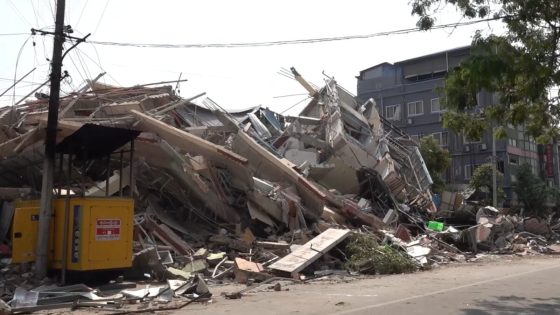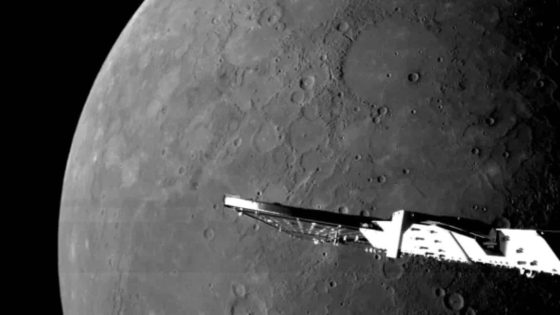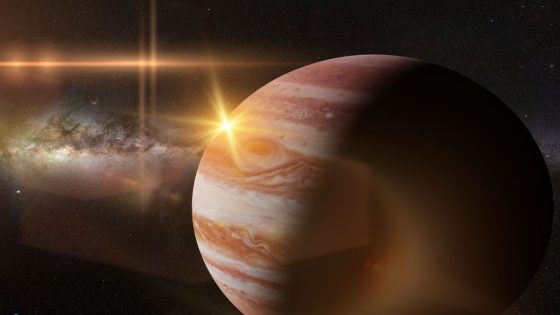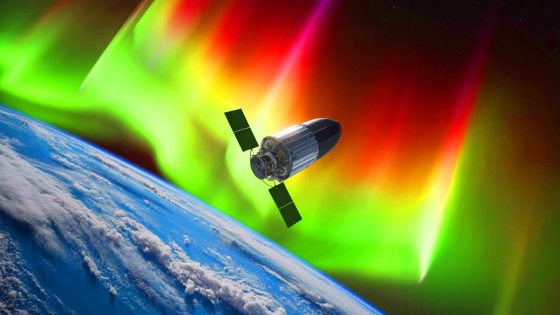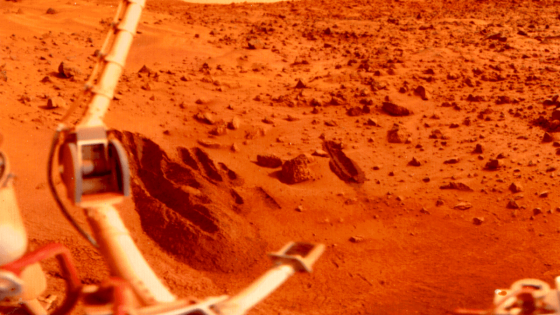The future of space exploration is taking an unexpected turn as Boeing’s Starliner faces a significant delay. The spacecraft, designed for crewed missions to the International Space Station (ISS), won’t fly again until 2026, and this time, it may not carry astronauts. With the ISS nearing its retirement, why does NASA remain committed to the Starliner program?
- Starliner won't fly again until 2026.
- ISS retirement raises questions about Starliner.
- NASA may fly cargo only on next mission.
- Uncrewed cargo flight being considered for Starliner.
- Boeing's Starliner faces ongoing delays and challenges.
Recent discussions indicate that NASA is considering an uncrewed cargo flight for the next Starliner mission, which raises questions about the spacecraft’s readiness and purpose. As of July 17, 2025, the focus may shift to ensuring the spacecraft can successfully deliver supplies rather than transporting crew members.
This situation prompts US to consider the implications of such delays. Will NASA’s investment in the Starliner program pay off, or will it hinder future missions? The following points highlight key considerations:
- NASA’s commitment to Starliner reflects its long-term vision for human spaceflight.
- Uncrewed missions could still provide valuable data and experience.
- Delays may impact international partnerships and collaboration in space exploration.
As we look ahead, the space community must remain adaptable. Continued investment in technologies like Starliner is essential for advancing our understanding of space and ensuring a sustainable future for human exploration.





